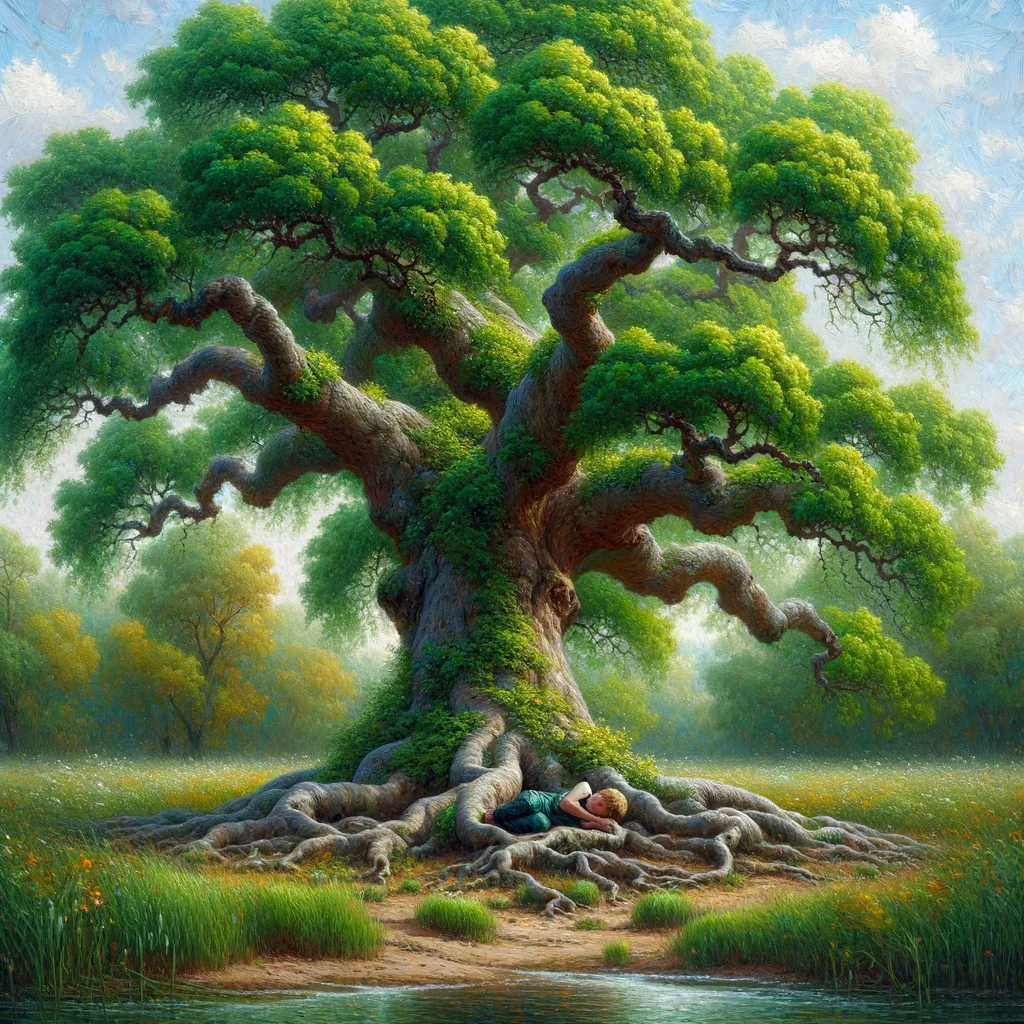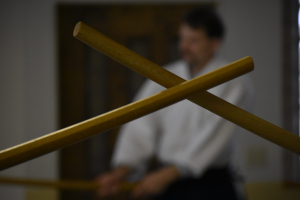Robert Angotti, Lic. Ac., Herbalist
Sign up here!
What is your earliest memory of time in the woods? Is there a tree that played an important role in your childhood?
I am pleased to announce that Red River Health is expanding services to include more outdoor community activities. Engagement with the natural world has always been good medicine for me, and I have come to believe that healing the land is an essential social medicine. Moreover, forming relationships with nature plays a vital role in personal wellness, as most of us northern dwellers understand when the sun comes back our way.
Over the past several years, I have found myself spending more and more hours walking in the wilderness. Rural public lands and the urban parks along the Red River have become a second home. This winter, the lack of snow meant my dog, Buck, and I were walking rather than skiing. As we walked, I found myself fascinated by the large, elder Bur Oaks whose massive trunks and limbs dominated the winter landscape. There are vanishingly small fragments of oak forest and oak savanna that remain in this region. But oak savannas and bur oaks in particular were a keystone species of our region throughout the post-glacial era.
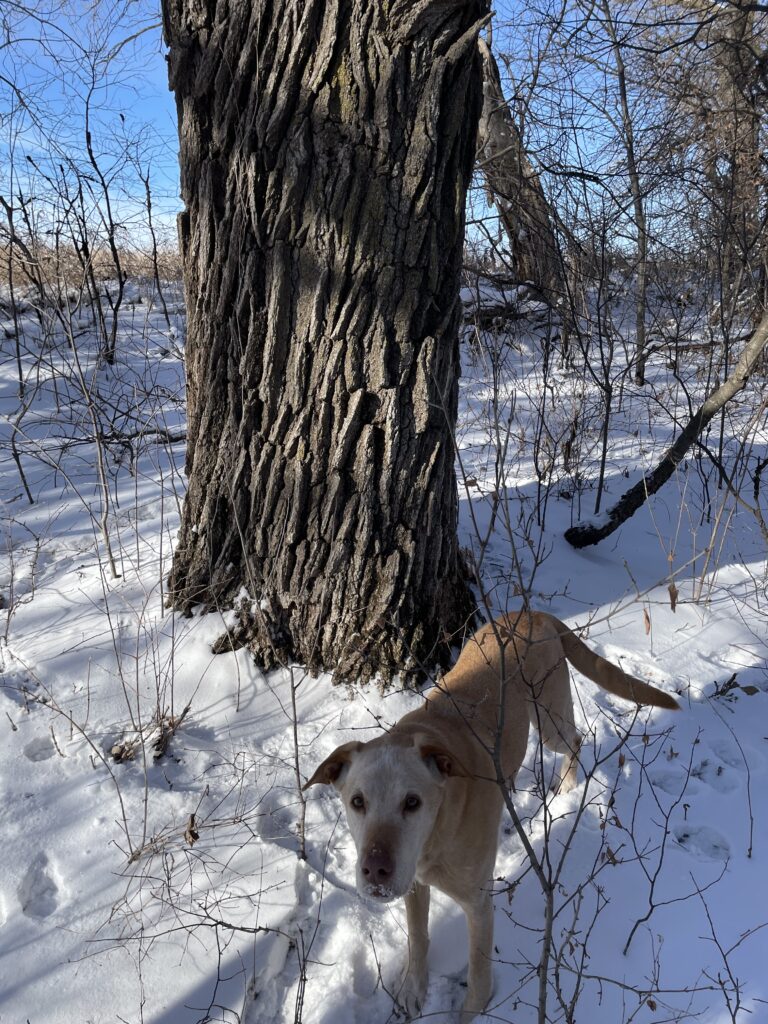
The more time I spent with these Oaks, the more determined I became to identify the oldest of these magnificent trees. Buck and I have found many that may be over 200 years old, with the eldest being near 250 years of age. A couple of years ago, I was planting Bur Oak saplings as part of a land restoration project I have going. As I studied more about these trees, I found readings that said Bur Oaks can live 500 or even 1000 years. I began to ponder the likelihood that these 12-inch saplings I was planting would live that long. I pondered the role humanity would have to play, and I pondered how intimate we would need to become with the land in order to get there.
Her Majesty
My ponderings and wanderings with Buck have given me time to introduce myself to many grand old oaks. I would like to introduce you to the oldest Bur Oak I have found at MB Johnson Park. I named this tree “Her Majesty.” Although not the largest or the oldest of the Bur Oaks I have found Her Majesty is has the unique dignity of royalty with her crown of large ascending limbs. She is nestled in the heart of Moorhead’s MB Johnson Park and has been there over 200 years I suspect. Unfortunately her habitat and her offspring are threatened.
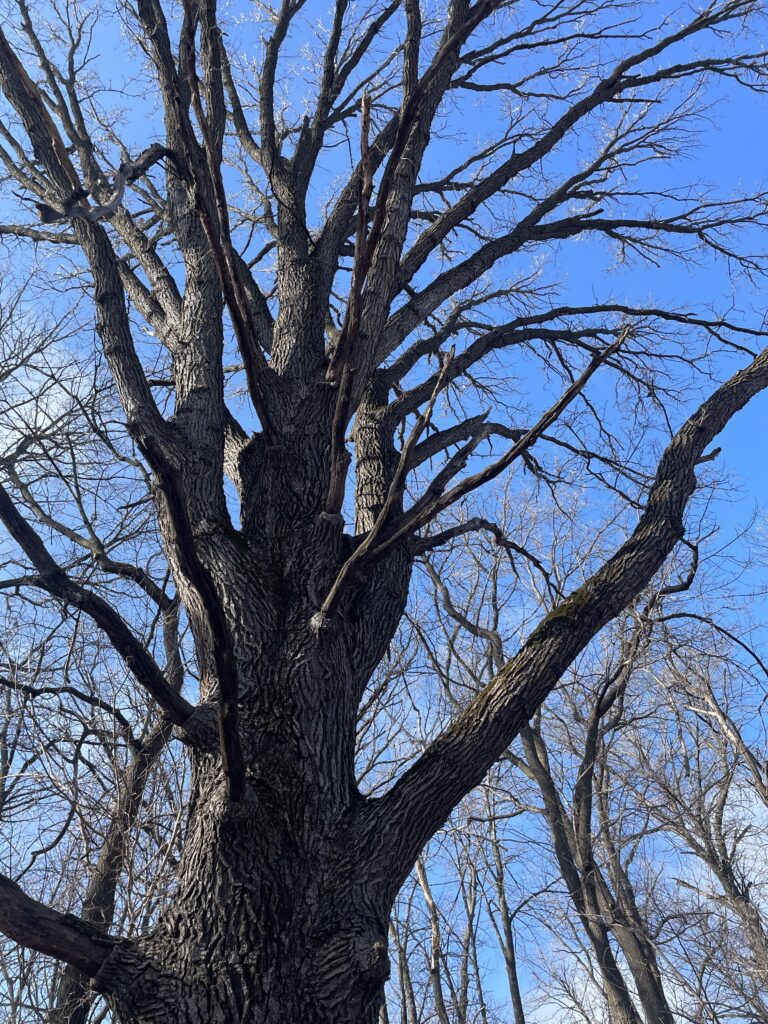
MB Johnson Park is one of the largest city parks in the Red River Valley. In addition to providing several open recreational areas, there are many miles of trails that navigate the Red River and adjacent Snakey creek. Unfortunately the park has also become a habitat for the invasive shrub known as Common Buckthorn (Rhamnus cathartica).
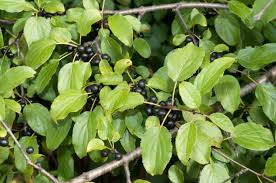
Buckthorn and the path of Restoration
Buckthorn is one of many plants know as “invasive”. Originally brought over from Europe, this plant has rapidly spread throughout the United States. In its native habitat, the plant was tempered by other plants and ecosystems accustomed to its traits. However, in the United States it has selfishly dominated our native habitats. Once you start to enter the thicker canopy of our local forests you don’t need to introduce yourself to buckthorn, it finds you. It is a thorny, snagging bully that suffocates passage through a forest. Here are some of its aggressive and destructive impacts.
Toxic Allelopathic Effects: Common buckthorn (Rhamnus cathartica) exerts its dominance through allelopathy, releasing toxins from its roots and leaves that inhibit the growth of surrounding plants. These chemicals disrupt the germination and growth of native species, giving common buckthorn a competitive edge in invaded habitats. The allelopathic effects of common buckthorn not only hinder the establishment of native vegetation but also contribute to the formation of monocultures dominated by this invasive species. If you look around the understory of “Her Majesty” you will see no sign of Bur Oak sapplings.
Berries with Adverse Ecological Impact: The berries produced by common buckthorn play a significant role in its invasive spread. These berries are consumed by birds, which then disperse the seeds over wide areas through their droppings. However, the berries lack nutritional value for many bird species. The seeds are purgatives for birds, causing diarrhea, The dominance of Buckthorns berries lead to reduced food availability, potentially impacting bird populations. Moreover, the ingestion of common buckthorn berries by birds can contribute to the further spread of this invasive plant into new areas, exacerbating its ecological impact. Now that you have met Buckthorn you will see it everywhere because of this spread.
Understory Domination in Forest Ecosystems: In forest ecosystems, common buckthorn often dominates the understory, forming dense thickets that shade out native vegetation. This shading effect suppresses the growth of native plants, reducing biodiversity and altering ecosystem dynamics. The dense growth of common buckthorn can also impede the regeneration of native tree species by outcompeting seedlings for light, water, and nutrients. As a result, the invasion of common buckthorn can have profound and long-lasting effects on the structure and composition of forest ecosystems, ultimately compromising their ecological integrity. MB Johnson has a significantly impacted forest understory due to Buckthorn. But I have seen forests so overgrown by it that native trees like the Bur Oak are difficult to reach through the buckthorn thicket and are literally being strangled to death.
Collective of Action
Several years back, as I came to understand the scope of buckthorn’s invasion, I started communicating with Moorhead’s director of Sustainability Crystal Rayamajhi. Crystal has been instrumental in introducing several programs within the parks of Moorhead aimed at restoring healthy ecosystems. Now as a Regional Sustainable Development Specialist, Crystal has brought together a team of other activated specialists. Together we are developing a long term plan for Buckthorn management in the region. This plan will be executed over months and years and is dependent upon volunteer support.
Our first Buckthorn management event will take place on May 22nd. We will meet at MB Johnson park at 4:30 and learn about the riparian forest and Buckthorns unwelcome impact. Together we will remove as much Buckthorn as we can over a couple hours and then wrap things up with some food and rhythms. Please RSVP if you would like to start restoring the parks of our area. Thank you for your interest and support.

